Victor Sousa was a correspondent for the Diário de Lisboa and remembers the “desolate setting” he found in Fonte de Louzeiros. “Desperate people approached me, asking for help,” he says. Arménio Aleluia Martins wrote for the Diário de Notícias and also remembers the “tremendous noise” in Paderne. these aret memories of the earthquake of February 28, 1969, which gave rise to an exhibition, on display until August 17, at the Albufeira Municipal Museum.
The exhibition opened last Thursday, August 1st, and is promoted by CERU (European Center for Urban Risks) and by the Portuguese Society for Seismic Engineering (SPES). The main objective is to remember the earthquake of 1969.
For the special moment, two people who remember well the shock of that morning were invited.
The epicenter of this earthquake was southwest of Cabo de S. Vicente, with an estimated magnitude of 7.9, being felt throughout the country, with greater damage in the Western Algarve.
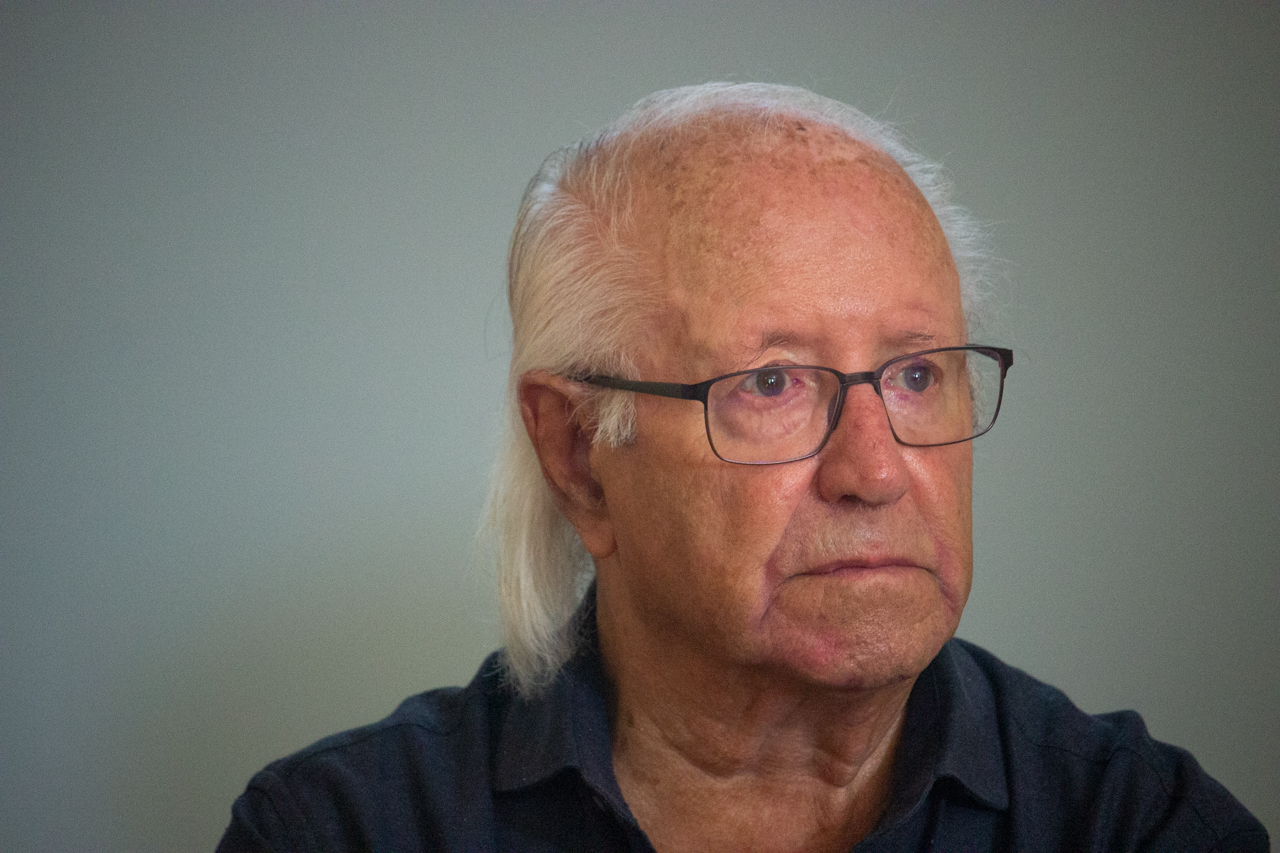
Victor Sousa was then a journalist and lived in Albufeira.
«The Diário de Lisboa asked me to go to one of the locations of the tragedy to cover the journalistic coverage in as much detail as possible. So it was. I arrive at the place, near Silves, and am faced with a desolate scene. As I write later: “A village scratched from the map”», he said, at the opening of the exhibition.
The village that Victor Sousa speaks of is Fonte dos Louzeiros, a village 13 kilometers from Silves, which was almost completely destroyed.
“The desperate people approached me, asking for help, and for me to inform the authorities that they had neither a house nor property. We have nowhere to sleep, they told me».
For the former reporter, this was an “emotionally challenging” scenario. After the work in the field, between photographs and interviews with residents, a “race against time” began to send everything to Lisbon.
The roll of photographs, to be developed, was sent by mail. The text was dictated over the phone.
Sure is the news came out. “Confirmation: The Algarve was the biggest victim” was the title of a play that recounted the drama of Fonte dos Louzeiros.
Two days later, Victor Sousa returned to the scene. “The population received me with a big hug, happy that someone gave them the attention they deserved. With the news published, this population got help. This is the power of unpretentious and true information», he recalled.

In that February 1969, Arménio Aleluia Martins was a correspondent for Diário de Notícias. The later director of the emblematic newspaper Avezinha remembers the “tremendous noise in Paderne”.
"I, still undecided, was not the first one from my house to go out into the street, when many were already screaming," he said, between laughs.
Arménio Martins also remembers seeing “a tree fall” in the house in front of him. But, in terms of accidents, "apart from damage to the houses, there was no major damage in Paderne," he recalled.
Still, a memory does not leave the head of the journalist dean who, at the time, also worked at Faceal – Fábrica de Cerâmica do Algarve, located in Paderne.
“At the time, the company decided to make bricks available. If I'm not mistaken, five or six trucks left for Lagos and Vila do Bispo, an area where the earthquake caused more damage,” he said.
There are dramas and stories like these that make up the exhibition, shown at the Municipal Museum of Archaeology. There are front pages of the newspapers República, Diário de Notícias, Jornal de Notícias and O Comércio do Porto, as well as photographs from the period.
Throughout the exhibition, the panel showing the edition of “O Século Ilustrado” stands out, with a long report, written and photographed: “The end of the world passed through the Algarve”.
Luís Matias, professor at the Department of Geographical Engineering, Geophysics and Energy at the University of Lisbon, is the organizer of the exhibition which has already been shown in other municipalities in the country. It was he who collected, at the Hemeroteca de Lisboa, all this journalistic material.
“This exhibition was designed to keep the memory alive. The Algarve is an area of seismic potential and, if we do not point out the great events of the past, the memory will be lost», he referred.
The researcher even made a point of referring to the “special way” in which the Civil Protection of Albufeira hosted the exhibition.
José Carlos Rolo, president of the Chamber, also said that “it is important to have our minds awake and to be prepared for situations like this”.
In this regard, Abel Gomes, second district commander of Civil Protection, said that the risk of a major earthquake happening in the Algarve is even the "greatest concern of Civil Protection".
«We have been working with all municipalities in the Algarve, raising awareness, along with schools as well. Simple gestures can save many lives,” he explained.
It was also these small gestures that, in those days, Victor Sousa and Arménio Aleluia Martins made towards the people they met, victims of the great earthquake of 1969, when they told their stories in the pages of newspapers at the time.
Photos: Helder Santos | Sul Informação


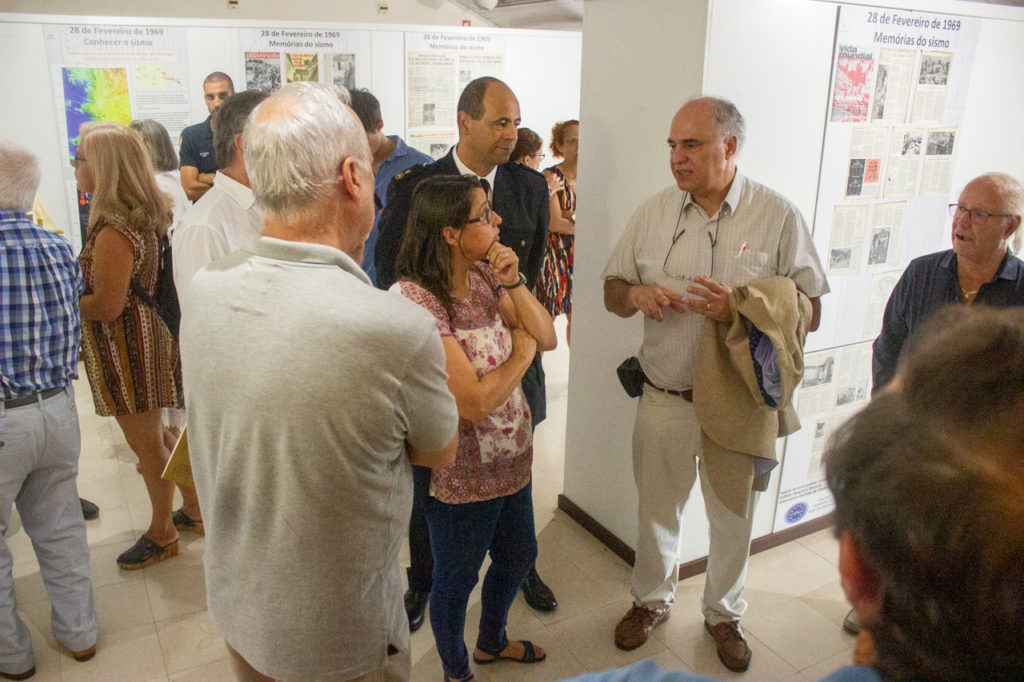















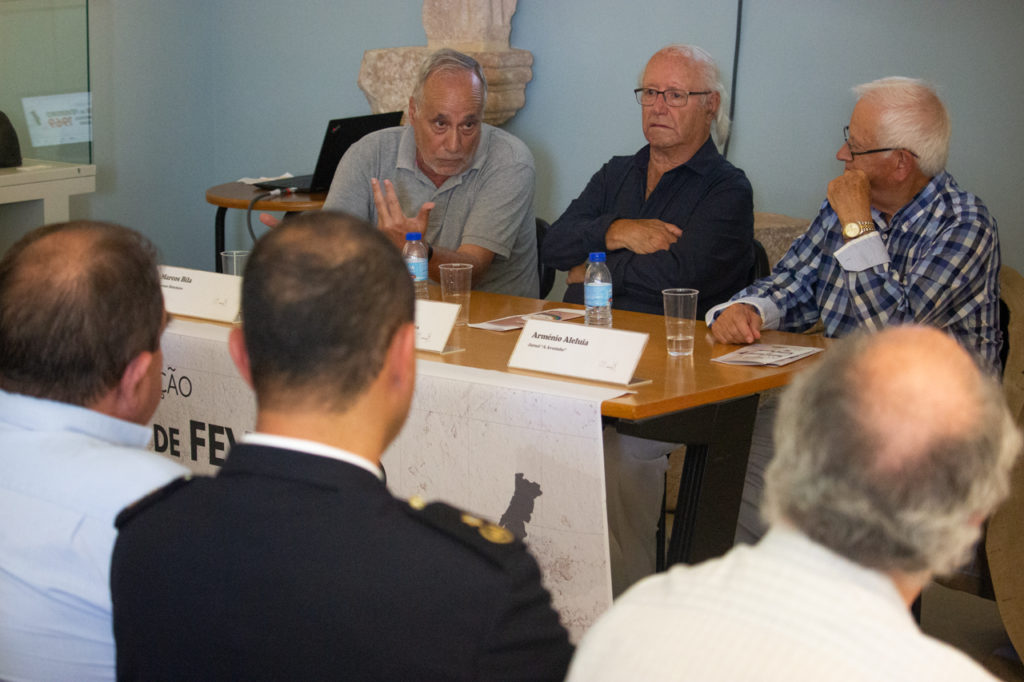


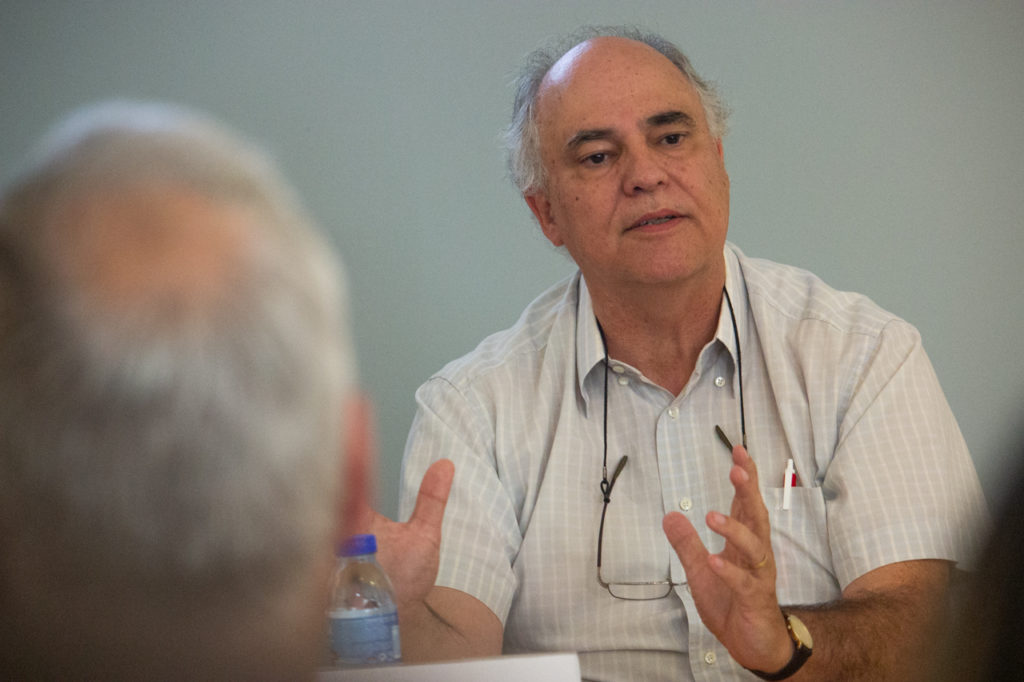



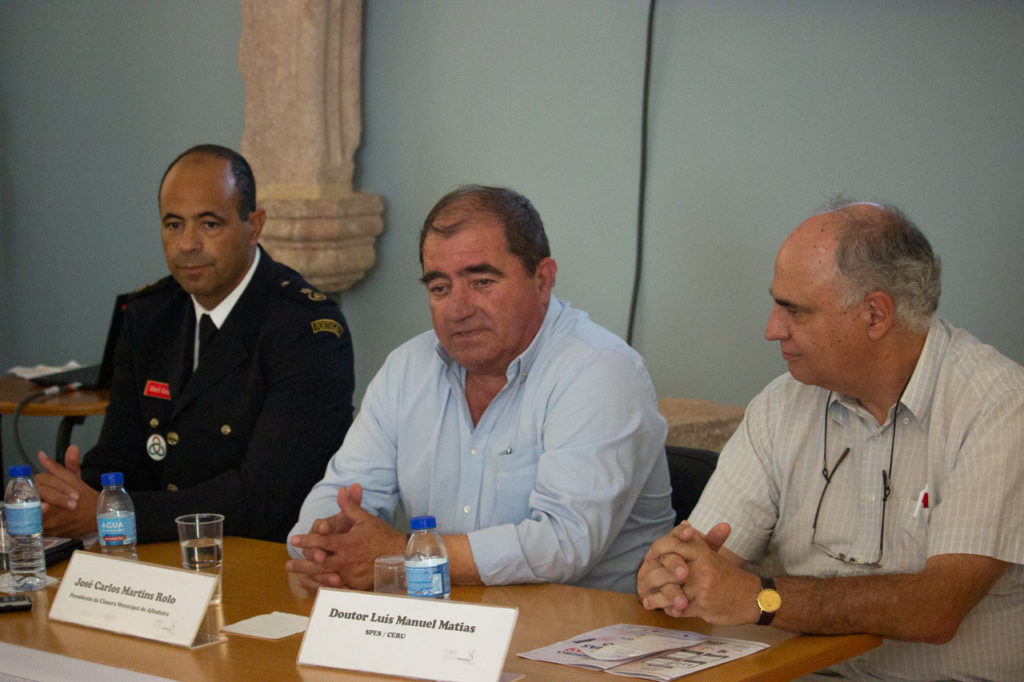
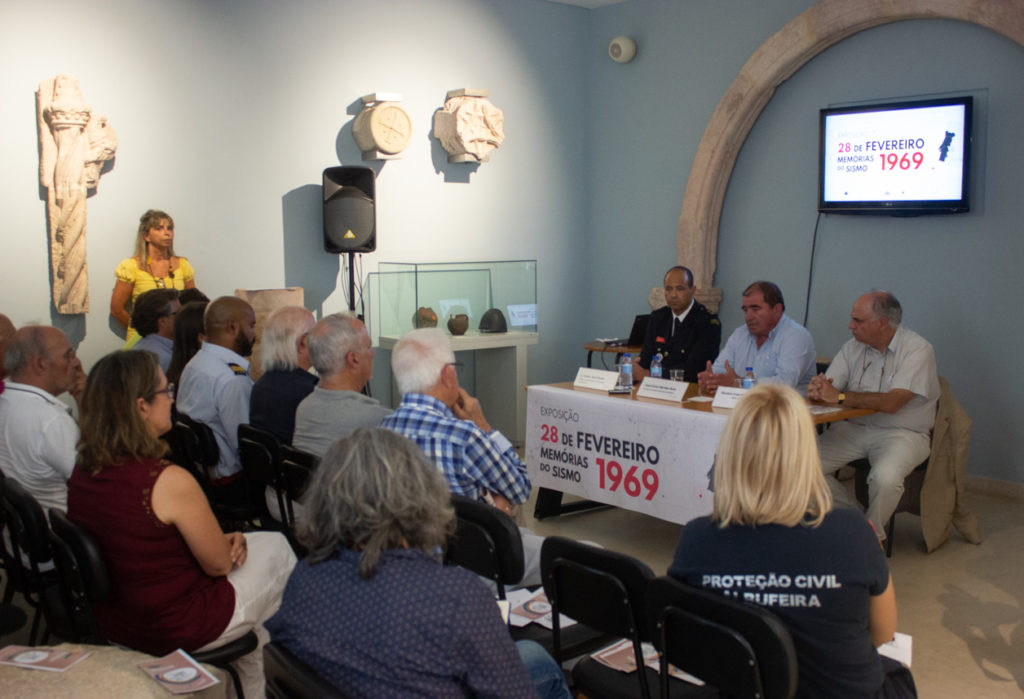


















Comments